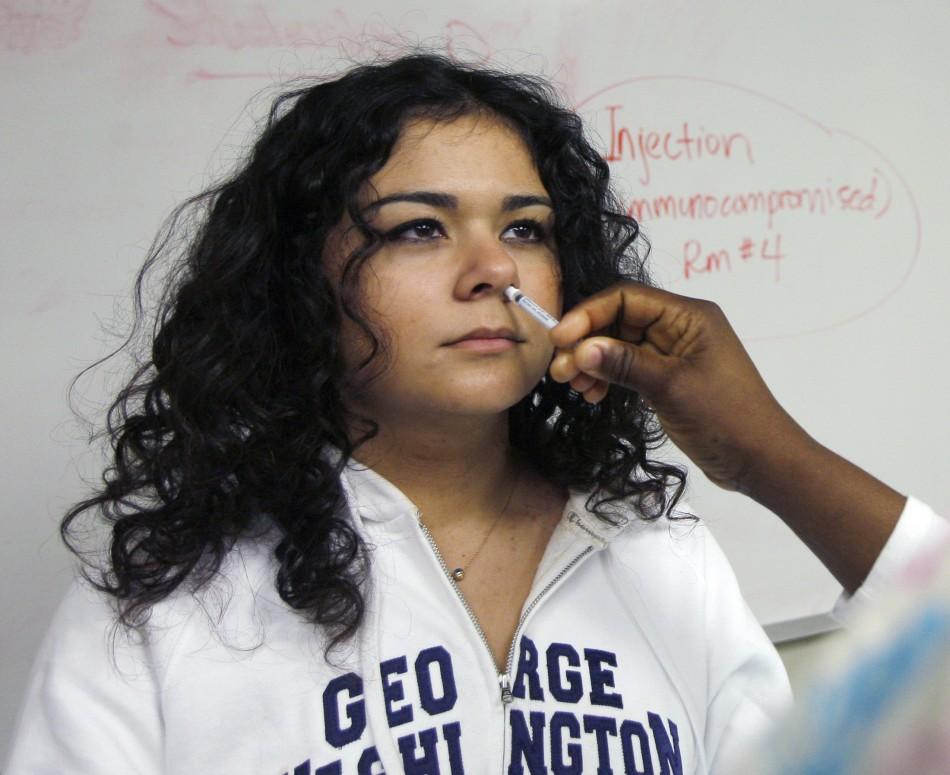
Sometime around 6:30PM ET on May 6th, popular iOS apps from major companies like DoorDash, Spotify, TikTok, and Venmo suddenly starting crashing. The culprit didn’t remain a mystery for long.
Developers on Twitter and GitHub quickly discovered the cause to be an issue with the software development kit (SDK) from Facebook, which is interwoven into the operation of countless mobile apps from companies large and small. The problem, while resolved rather quickly by Facebook, illustrates the scope of the social network’s platform and how even minor issues can have major ripple effects throughout the mobile software industry.
“Earlier today, a new release of Facebook included a change that triggered crashes for some users in some apps using the Facebook iOS SDK,” a Facebook spokesperson told The Verge yesterday in a statement. “We identified the issue quickly and resolved it. We apologize for any inconvenience.” The Facebook SDK is a bundle of software tools for developers that helps power features like signing in with a Facebook account and providing share to Facebook buttons. So the issue was not unique to iOS; it could have happened to the Android SDK and, in this case, simply affected Apple’s platform.









